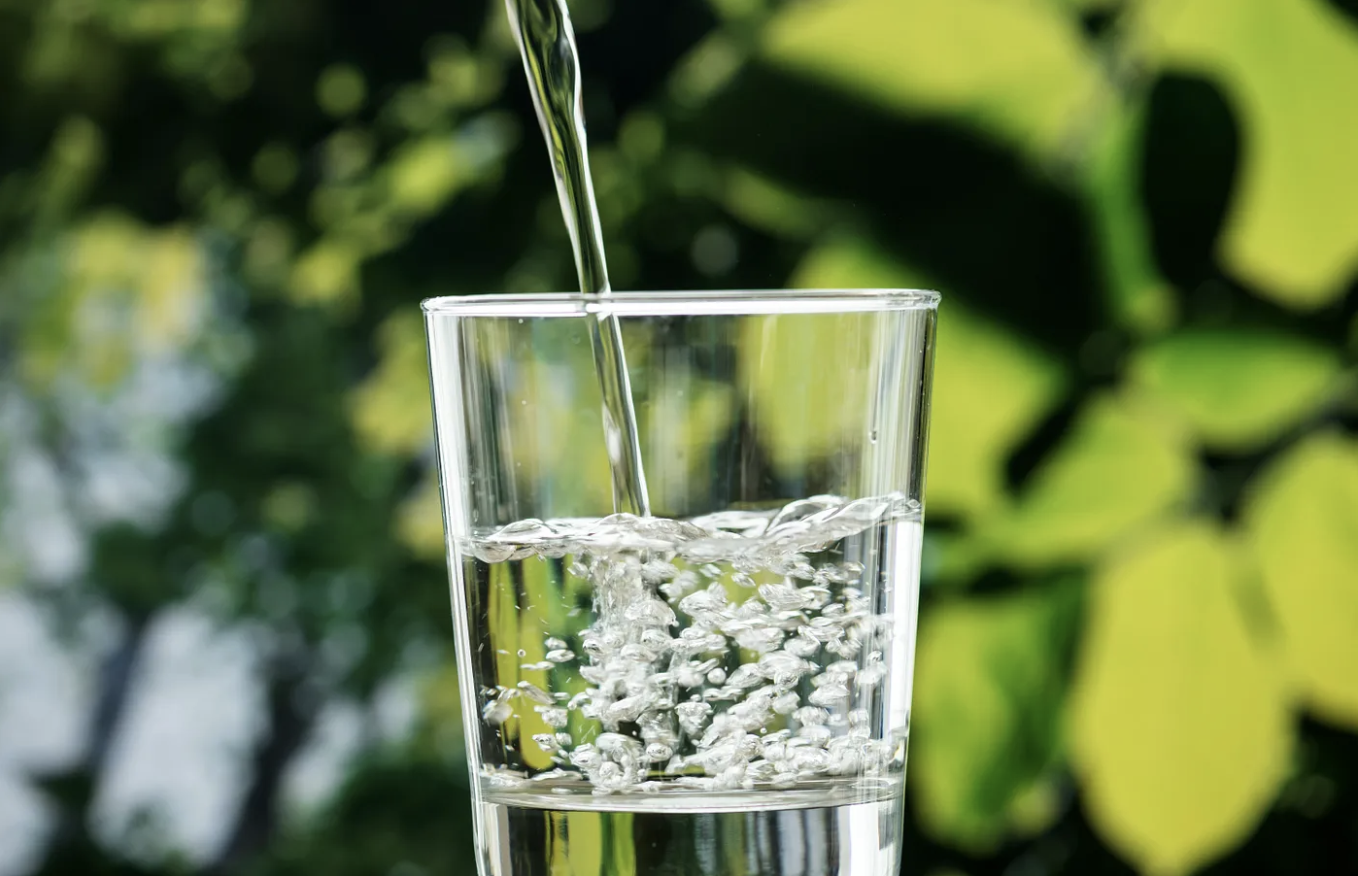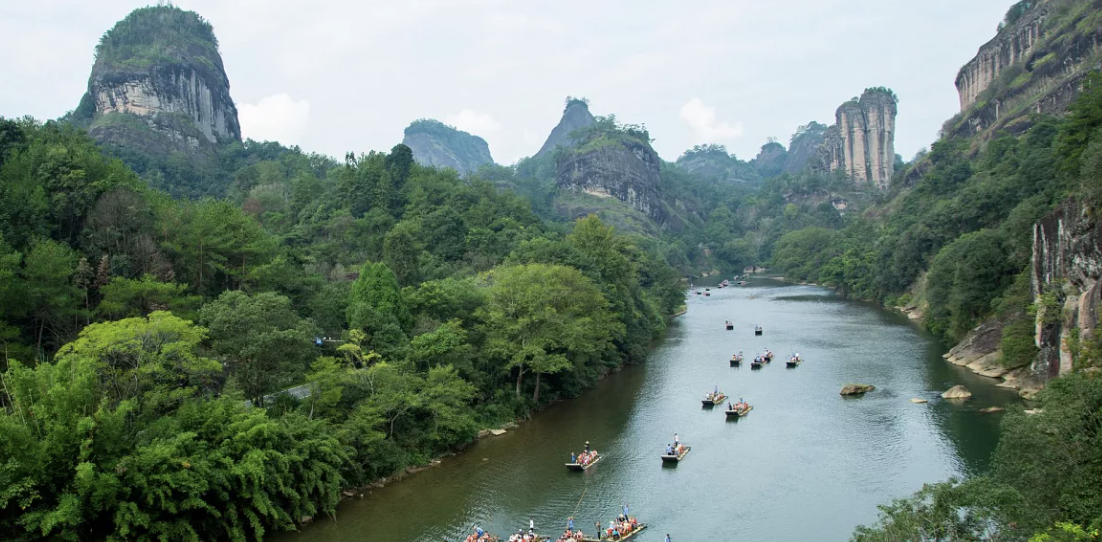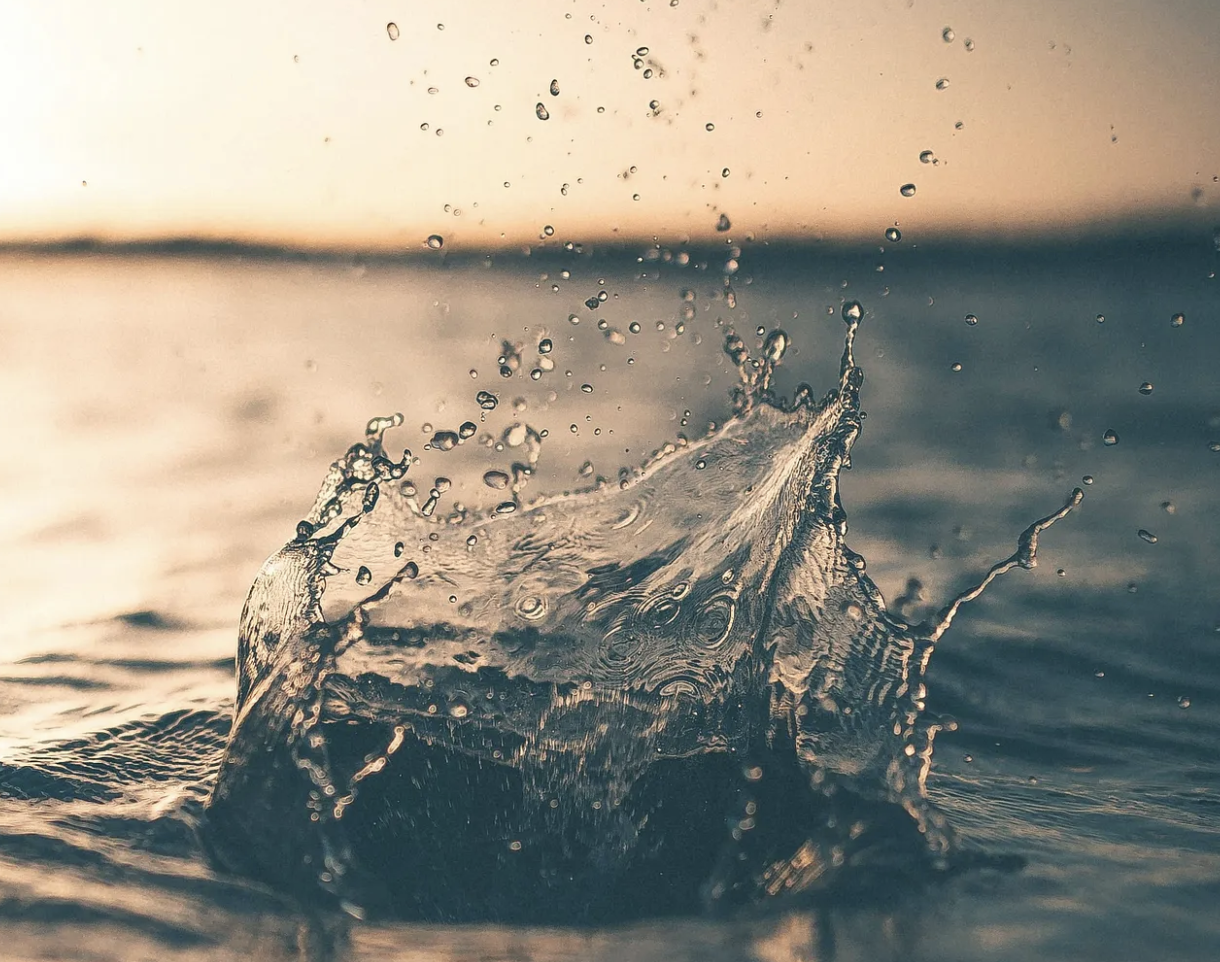Every Drop Counts: Stories of Water Conservation
Inspiring Change, One Drop at a Time

Inspiring Change, One Drop at a Time


this guided discourse, we delve into strategies for enduring in dry regions where water is a rare commodity. We’ll investigate numerous techniques and modifications humans and vegetation use to survive in these demanding habitats. The Challenge of Aridity Arid regions, characterized by minimal rainfall and high evaporation rates, present a formidable challenge for humans and plants. The primary concern is the scarcity of water, a vital resource for all forms of life. Survival in such regions hinges on adaptive strategies that optimize the use of the little water available. These strategies range from physiological adaptations in plants to behavioral shifts in human populations. Understanding the Nature of Drought In simple terms, drought is an extended period of deficient rainfall leading to a severe water shortage. Droughts can last for weeks, months, or even years and can cause significant damage to the environment, agriculture, and human communities. Droughts are not rare; they are increasingly common and severe worldwide. The severity of a drought is determined by factors such as its duration, geographic extent, and the degree of water shortage. Survival Strategies for Humans in Dry Regions 1. Locate Water Sources In arid environments, water is often elusive but only partially absent. Indicators of water presence include vegetation, birds, insects, and damp ground. Water can also be found in deep wells or at the base of valleys and mountains, where it flows naturally due to gravity. 2. Conserve and Reuse Water In environments where water is scarce, every drop counts. Reusing water for multiple purposes, such as using leftover cooking water to irrigate plants, is common. Similarly, reducing water wastage by fixing leaky pipes and faucets can make a significant difference. 3. Adapt to the Climate Adapting to arid climates may involve lifestyle changes. For instance, desert-dwelling communities often adjust their daily routines to cooler nighttime temperatures, thus reducing their need for water to cool down. 4. Construct Water-Catching Structures Water-catching structures can be a lifesaver in regions where rainfall is infrequent but intense. These structures, from simple rainwater barrels to intricate fog nets, capture and store water for future use. 5. Utilize Local Flora and Fauna The local flora and fauna of arid regions have evolved over centuries to survive in water-scarce environments. Humans can learn from these life forms. For instance, cacti store water in their thick stems, providing a potential water source in emergencies. Plant Adaptations to Arid Regions Like humans, plants have evolved adaptations to survive in arid conditions. These adaptations primarily aim to reduce water loss and maximize water uptake. 1. Succulence Succulent plants, such as cacti, store water in their leaves or stems, enabling them to survive prolonged periods of drought. 2. Small Leaves or No Leaves Some desert plants have small leaves, which reduce water loss through transpiration. Some plants even shed their leaves entirely during droughts to conserve water. 3. Deep and Wide-Spread Roots Desert plants often have deep roots that reach down to access underground water sources. Others have roots that spread widely to capture as much rainfall as possible. 4. Waxy Surfaces and Hairs Many desert plants have waxy surfaces or hairs on their leaves and stems. These structures help to trap moisture and reduce water loss through transpiration. Preparing for Drought: A Guide for Homeowners Homeowners can take several proactive steps to prepare for drought. These include installing water-efficient appliances, practicing water-saving habits, and landscaping with drought-tolerant plants. 1. Install Water-Efficient Appliances Water-efficient appliances like low-flow showerheads and high-efficiency washing machines can drastically reduce household water use. 2. Practice Water-Saving Habits Simple habits such as turning off the tap while brushing your teeth or using the water collected from washing fruits and vegetables to water the garden can lead to significant water savings. 3. Landscape with Drought-Tolerant Plants Landscaping with drought-tolerant and native plants not only saves water but also creates a landscape that is more resilient to drought. Survival Techniques During a Drought During a drought, following all state and local water-use restrictions is vital. Here are additional tips: 1. Conserve Water During a drought, it’s important to be mindful of water usage and minimize wastage. 2. Monitor Your Water Use Keep track of your water use. Consider installing a water meter if you still need to get one. 3. Prioritize Your Water Use Prioritize essential water use over non-essential uses. For example, prioritize drinking water overwatering the lawn. The Role of Government in Drought Management Governments play a critical role in managing water resources, especially during droughts. They can impose water restrictions, provide drought relief funding, and invest in water infrastructure improvements. The Future of Water Conservation The future of water conservation lies in technological innovation and sustainable practices. From intelligent irrigation systems that water crops only when necessary to innovative water filtration systems that make seawater drinkable, the future of water conservation is promising. To summaries Surviving in arid regions with little water tests adaptability, innovation, and resilience. However, with the right strategies and a mindful approach to water use, thriving in these challenging environments is possible. Whether it’s adapting human behaviors or learning from the natural resilience of desert plants, there’s much we can do to conserve water and ensure our survival in water-scarce regions. After all, water is life, and its conservation is a responsibility we all share.
11/11/2024

</div> Water is one of the most valuable resources on our planet. It is a life-sustaining element that is essential to human survival, agriculture, and industrial processesWith increasing population growth and climate change, water scarcity has become a critical issue that affects people all around the world. In 1993, the United Nations designated 22 March as World Water Day to raise awareness about the importance of water and the need for its conservation and protection.
11/11/2024

</div> </div> Earth Day is an annual opportunity to commit to taking steps towards a more sustainable future. Being mindful of water usage is a great way to invest in our community (and planet!) for today and future generations. Commit to take one action today to conserve and protection our precious drinking water resources. Don’t always reach for the hose – water outside only when necessary. Especially during the spring when Mother Nature waters the garden. Water early in the morning or late in the evening to avoid evaporation during the warmest part of the day. Take short showers – even little kids can understand the concept of a 5-minute shower. Give them the 5-minute warning as soon as the shower starts! Also install a low-flow shower head. Reuse and Recycle – Find ways to reuse water around the home: place a bucket in the shower, water your plants with leftover cooking water, use a rain barrel to save roof runoff. Wash only full loads of clothing – or be sure to select the right size cycle. Selecting the right cycle for each load will save water and improve your cleaning results. Less suds = less water – use soap that is eco friendly and create less suds. This reduces the amount of water needed to rinse the suds away.
11/11/2024

</div> Humanity faces unprecedented drought-related challenges, which requires higher investment levels in infrastructure and energy. In their paper, Dr Stef Koop and Dr Stijn Brouwer from KWR Water Research Institute argue that domestic water conservation can reduce costs and promote pro-environmental behaviour. Their literature review identifies eight empirical Behavioural Influencing Tactics (BITs) that might instigate household behavioural changes in relation to water conservation. Humanity’s dietary habits, consumption patterns, and climate change-related droughts increase global water security threats. Household changes in water consumption behaviours can significantly contribute to alleviating water stresses. The global disparities in behaviour indicate how altered water consumption patterns might stabilise water security; for example, average water usage per person per day stands at 575 litres in the United States and 131 litres in China. In less industrialised countries, this number is much lower. Owing to increased urbanisation, affluence and climate change, water scarcity crises such as those recently seen in South Africa and Australia are likely to occur more often. These environmental stressors increasingly necessitate investments for water infrastructures augmentation. Despite the effectiveness of domestic water conservation and its potential for saving both money and water, it remains an overlooked way to reduce drought-related stressors. There are many known methods of incentivising domestic water use reduction, the most well-known being the increase of water prices or investment in new technologies. However, empirical methods for measuring the psychological factors that influence water conservation behaviour are understudied. Dr Koop’s and Dr Brouwer’s research seeks to elucidate how Behavioral Influencing Tactics (BITs) can stimulate water conservation in the home. They examine and review 52 studies related to the use of BITs in environmental and water conservation. “Owing to increased urbanisation, increased affluence and climate change, water scarcity crises are likely to occur more often.”
11/11/2024

For years, Congress has underfunded our national parks and public lands; it’s become a chronic problem that compromises our ability to protect some of our country’s most treasured lands and waters for the next generation. Today, as America’s greatest parks program, the Land and Water Conservation Fund (LWCF), edges dangerously close to its September 30 expiration date, a second challenge facing our parks is gaining attention: the maintenance backlog for our national parks has reached roughly $11.6 billion. Certainly, fixing failing roads, visitor centers, electric and water systems, and other infrastructure in our national parks is a serious challenge worthy of Congress’ attention. But addressing the parks maintenance backlog alone won’t fully secure the future of our national parks. LWCF is the key federal program that secures access to trails and purchases private inholdings to prevent inappropriate development within national park boundaries. After all, the construction of a private subdivision or strip mall that ruins a viewshed, or a private fence within a national park, can be just as damaging to the visitor experience as potholes in the park’s roads or shuttered facilities. In short, LWCF helps complete our national parks. LWCF helps to fund local parks in every state. But that’s not all LWCF does. America’s premier conservation program also increases access to our public lands beyond the national parks by supporting national forests, wildlife refuges, and other magnificent landscapes. And it provides matching grants to states and localities to fund state and local parks, investing in close-to-home recreation in nearly every county in America, protecting our working forest and ranchland, and conserving wildlife, water quality, and historic battlefields. That’s why LWCF has broad bipartisan support in Congress. In both the House and Senate, a bipartisan group of lawmakers have cosponsored legislation to permanently reauthorize LWCF, and the Senate’s bill goes one step further by providing full and dedicated funding — an important step considering Congress has consistently shortchanged the program, appropriating well under the $900 million it’s supposed to receive each year. That under-funding by Congress over the years is a problem LWCF has in common with the national parks maintenance backlog. Indeed, it is what motivated supporters to develop the Restore Our Parks Act in the Senate and Restore Our Parks and Public Lands Act in the House — the latest bills to address the national parks maintenance backlog, which also enjoy bipartisan support, just like LWCF. It’s clear that if we want to continue to experience the parks and other public lands we cherish and that have made this country an exceptional place to call home, we need to address both LWCF and the maintenance backlog — these programs work in tandem and both need robust, dedicated funding. LWCF also helps to fund state parks, which are important places for recreation. Unfortunately, some in Washington are pitting these two issues against each other, saying that somehow we can only address one of these challenges and it must be the maintenance backlog. This false conflict was most visibly elevated in an amendment on the House floor led by Representative Andy Biggs (R-AZ), which sought to fund the maintenance backlog by cutting millions from LWCF. Thankfully, a strong bipartisan majority voted NO, sending a firm message that we shouldn’t rob one parks priority to pay for another. Nonetheless, the Trump administration — particularly Interior Secretary Ryan Zinke — has tried to use the parks maintenance backlog as a reason to severely gut LWCF, attempting to force us to choose between funding park maintenance on the one hand, or funding new park protections and other benefits that LWCF provides to our country on the other. He and others argue that funding for LWCF can wait while we deal with the maintenance issue — completely ignoring the real, immediate threats to key lands that will be developed and lost forever if we fix the parks maintenance problem without dedicating funding for LWCF.
11/11/2024

In honor of Earth Day/Month, the City of Redwood City is introducing a series on how the City — with your help — is saving the earth’s environment one program at a time! Redwood City’s top priority is to provide its residents with high quality water. The City aims to continue protecting our water with several water conservation programs. Each April, the City kicks off Earth Month by participating in the National Mayor’s Challenge for Water Conservation. Community members who make a pledge to conserve water, energy and other natural resources can be entered into drawings to win eco-friendly prizes. This is one of the many City water conservation programs that helped us save over 670 million gallons of water last year. To learn more about the City’s water conservation efforts go here. Although the stormy winter has reduced the drought conditions, it’s critical that the community continue to carefully monitor its water usage and save water where it can, as drought conditions can shift very quickly. Here are some ways the community can help! Water Conservation Programs City and Partner Programs · Water Usage: Go to My Water website to monitor your water use. · Classes: Sign-up for Water Efficient Landscape classes, such as Demystifying Your Irrigation System on May 6. · Rebate Programs: Check-out the City’s rebate programs and giveaways, such as Lawn Replacement rebates, Free Sprinkler Nozzles, and other rebates including low-flush toilets and Rain Barrel rebates. · Home Water House Calls: Learn more about City offered education programs such as the Smart Home Water Use House Calls where one of our technicians evaluates water use efficiency in and outside your home, and offers advice on installing high-efficiency water fixtures, if needed. Technicians evaluate the condition of your irrigation system and make recommendations for cost-effective changes in irrigation equipment that conserve water. · Water Conservation Equipment: Evaluate if free water conservation equipment such as a SMART Home Water Conservation Kit and low-flow fixtures are right for your home. Email conservation@redwoodcity.org or call 650–780–7436 for more information. · Gardening Tips: Read about Water-Wise Gardening tips offered by Bay Area Gardening. · Explore our Native Plant Demonstration Garden-Want to save water in your garden? Check out Redwood City’s educational Native Plant Demonstration Garden, which will be featured as #5 on this year’s 15th Annual Going Native Garden Tour, offered free to the public on Sunday, April 23. Our Native Plant Demonstration Garden was converted from turf by Redwood City Parks Department staff and community volunteers who attended one of a Redwood City’s Water Conservation Program workshops on converting turf to water-efficient landscapes. Their garden supports wildlife and uses a lot less water.
11/11/2024

Fluoride in drinking water has been a top achievement of public health to improve oral health in the United States and other countries for decades. The story of water fluoridation begins in the early 20th century when researchers noticed that people living in areas with naturally high fluoride levels in their water had fewer cavities. A dentist by the name of Frederick McKay went to a town in Colorado and noticed that the townspeople tended to have stained teeth. Although their teeth were stained, their teeth were very resistant to tooth decay. The ultimate reason for this was fluoride (a salt containing fluorine) in the water supply. How they got to this conclusion is one example of an epidemiological study: “Black investigated fluorosis for six years, until his death in 1915. During that period, he and McKay made two crucial discoveries. First, they showed that mottled enamel (as Black referred to the condition) resulted from developmental imperfections in children’s teeth. This finding meant that city residents whose permanent teeth had calcified without developing the stains did not risk having their teeth…
11/13/2024

Ilive by a Patagonian lake, replenished annually by melted snow from the Andes. It’s a privilege, I know. The pure, crisp taste of water pumped straight from the source is truly unbeatable. On the other side of the world, the Wuyi Mountains rise like misty giants, virtually untouched for millennia in southern China. This UNESCO World Heritage Site is a realm where Taoist temples whisper ancient wisdom, pangolins and clouded leopards roam freely through lush rainforests, and tea plantations release a fragrant morning mist. Pristine rivers carve dramatic valleys too, providing water for local villagers, quaint teahouses, and the occasional tourist hostel. But this idyllic scene was shattered in 2019, when paradise lost its innocence. Without warning, an army of trucks and workers invaded this safe haven. Deaf to local pleas, they spent months chopping down trees and razing crops to construct a dam and lay water pipes that would forever alter the landscape. But this wasn’t for the famous Three Gorges dam, or any other Chinese Government mega-project for that matter. This was for private profit.
11/13/2024

Photo Credit: Unsplash (Alex Perez) We always called water as elixir of life. That’s because of all the good reasons. It is much needed for survival of life. Because it is acting as critical component in multiple biological process. We all know, its importance is much beyond than our survival. It plays a very important part in every process of our environment. It also affects our economy and society. That’s we call water as the most precious thing in the world. It is called as essence of life: We all know water is the fundamental existence of life. So, every organism like bacterium to largest whale all need water to thrive. It consists of 60% of our human body. It is very important for different body functions like digestion, circulation and temperature regulation. Our cell cannot perform necessary functions without water. Also, due lack of water people may suffer from dehydration and sometimes it can be fatal. Therefor water is also known as cornerstone of life.
11/13/2024
